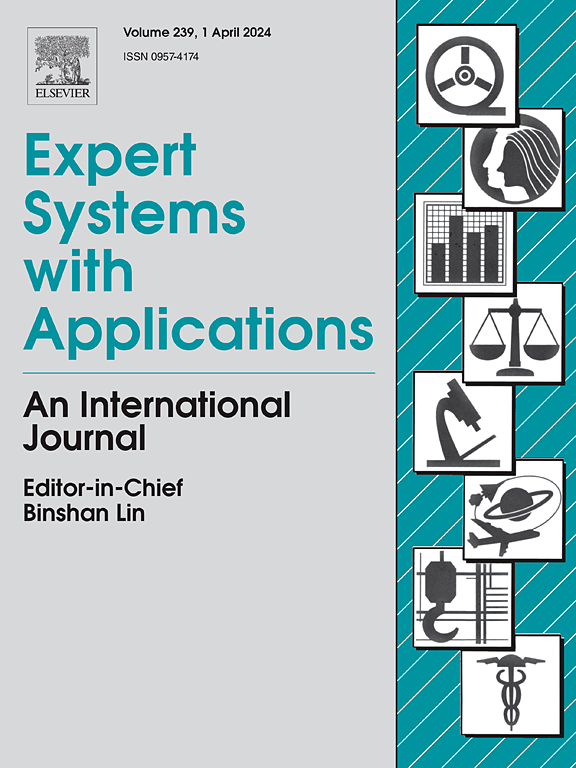Longest similar subsequence-modified Hausdorff distance: A new robust approach for measuring distances between linear features
IF 7.5
1区 计算机科学
Q1 COMPUTER SCIENCE, ARTIFICIAL INTELLIGENCE
引用次数: 0
Abstract
Accurately measuring the distance between linear features is crucial for understanding the similarity between objects. Traditional measures such as the Hausdorff distance (HD) are inadequate in handling length variations and outliers among linear features, and thus reducing the accuracy of similarity assessment. In this paper, we propose a new concept termed Longest Similar Subsequence (LSS), which aims to identify the longest overlapping subsequence of paired linear features. By integrating LSS with a modified Hausdorff Distance (LSS-HD), we propose a matching method that is based on LSS-HD and adaptive threshold-selection. The adaptive threshold-selection method, named the Connected Bin Threshold Selection Algorithm (CBTSA), is based on the distance histogram analysis. Experimental results clearly demonstrate that the LSS-based HD measure is more robust compared to the HD measure without LSS constraints. In the road matching experiments, our matching accuracy, with an F1-score of over 0.96, is significantly higher than that of the matching algorithms (Opt and OILRM), which are also solely based on distance-similarity metrics.
求助全文
约1分钟内获得全文
求助全文
来源期刊

Expert Systems with Applications
工程技术-工程:电子与电气
CiteScore
13.80
自引率
10.60%
发文量
2045
审稿时长
8.7 months
期刊介绍:
Expert Systems With Applications is an international journal dedicated to the exchange of information on expert and intelligent systems used globally in industry, government, and universities. The journal emphasizes original papers covering the design, development, testing, implementation, and management of these systems, offering practical guidelines. It spans various sectors such as finance, engineering, marketing, law, project management, information management, medicine, and more. The journal also welcomes papers on multi-agent systems, knowledge management, neural networks, knowledge discovery, data mining, and other related areas, excluding applications to military/defense systems.
 求助内容:
求助内容: 应助结果提醒方式:
应助结果提醒方式:


